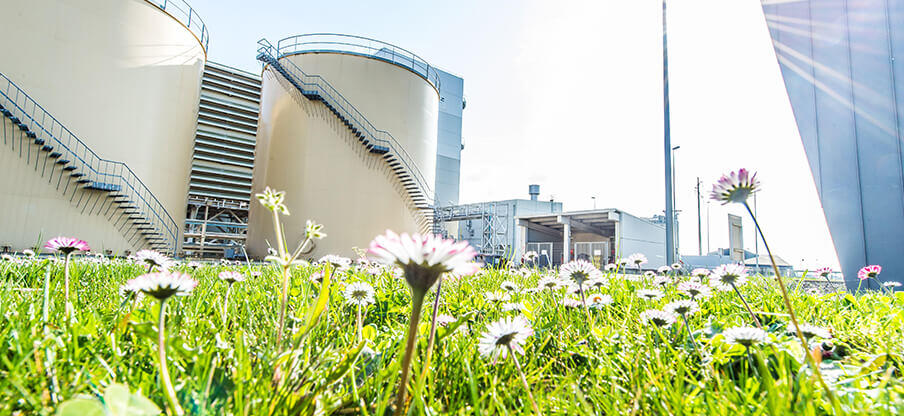
Thermal production

Key figures in 2022
- 51 GW gas
- 3 GW coal
Our objectives for 2030
- Exit coal by 2025 for continental Europe and by 2027 for the rest of the world
- Decarbonise gas-fired plants by developing the production of biomethane, green hydrogen and using CCUS
The thermal power produced by ENGIE uses different technologies.
Beyond generating electricity by so-called conventional power plants, ENGIE operates combined cycle and cogeneration plants which use natural gas. In this way, we benefit from easily controlled plants with improved energy efficiency, while continuing to reduce their environmental impact (continuous improvement of their performance, decarbonisation with the introduction of renewable gases, etc.).
These thermal power plants can generate high electricity volumes and are essential to meet flexibility requirements, from intraday to seasonal.
Natural gas and renewable gases in power generation, an essential component of the energy transition.
Natural gas is a key energy in transiting to a low-carbon electricity sector, because it generates less CO2 than other fossil fuels. It represents an important source of emissions reductions in the sector, particularly by replacing coal. It also fosters the integration of renewable energies by ensuring a balanced electricity network and helping to manage costs.
Green gases, biomethane, syngas, renewable hydrogen, will progressively replace fossil gas as technologies improve and costs fall.
The climate emergency imposes swift decarbonisation which gas-based solutions enable, thanks to existing gas infrastructures and the efficiency of gas-fired power plants.